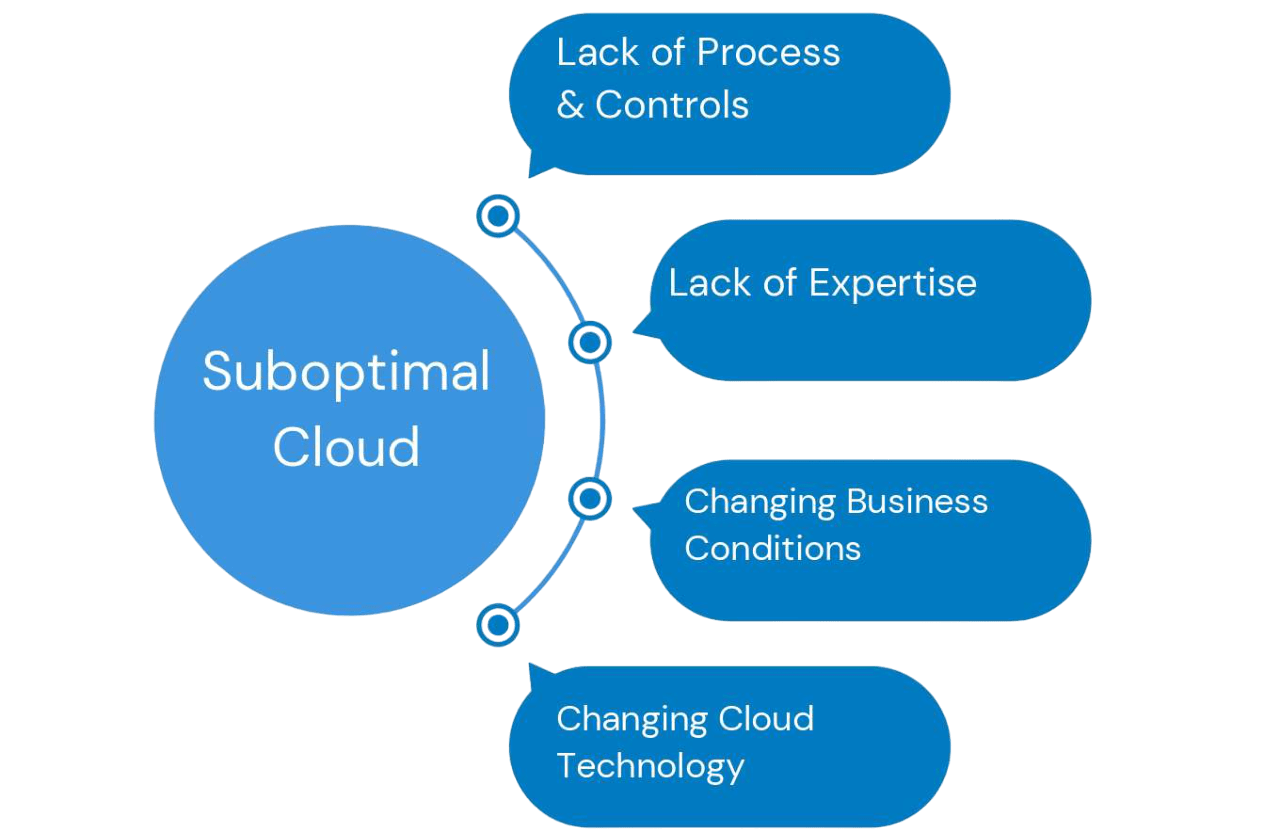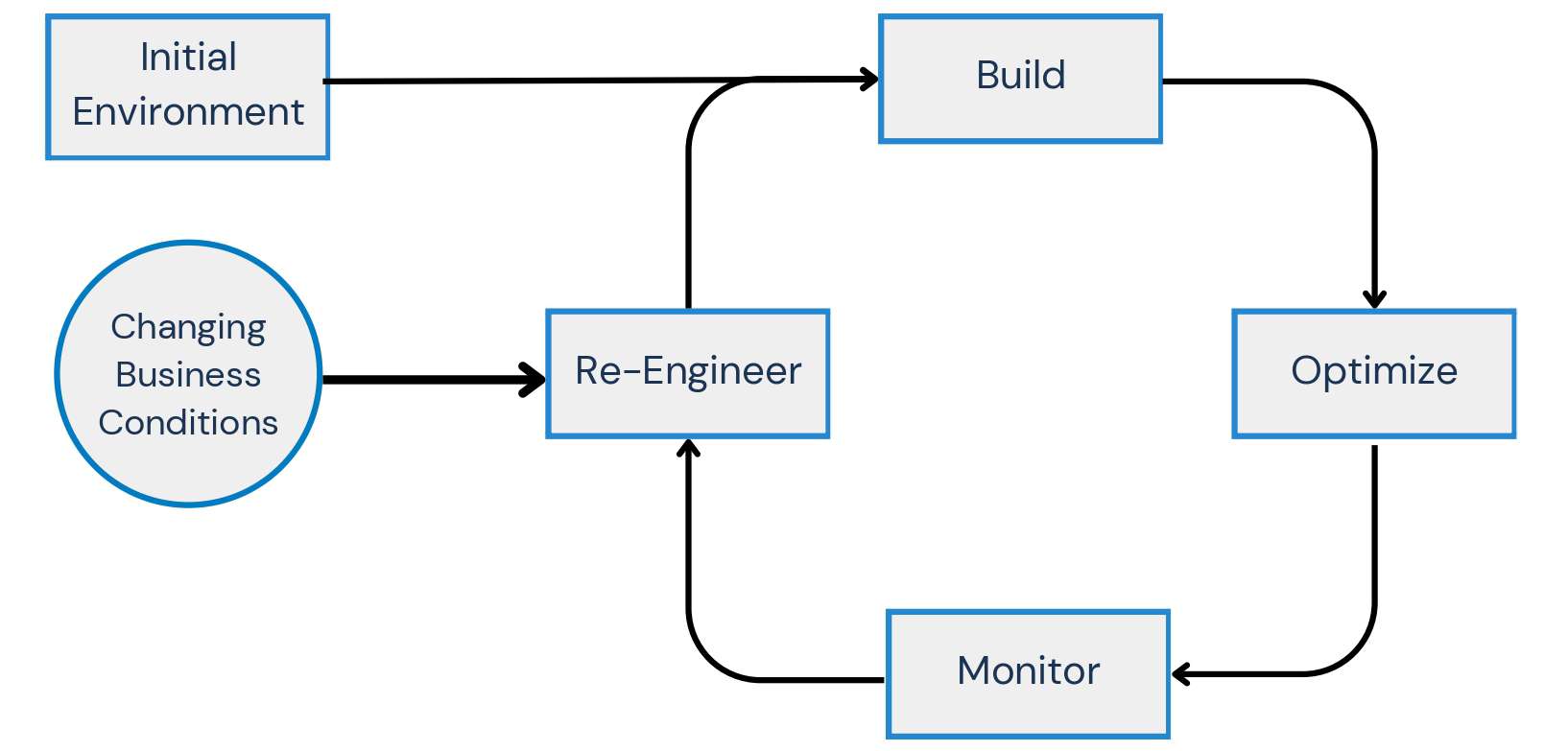
Azure AI Foundry: Operationalizing Enterprise AI Agents at Scale
As enterprises move beyond AI experimentation, a clear shift is underway. CIOs and technology leaders are no longer asking if AI can help but how





As enterprises move beyond AI experimentation, a clear shift is underway. CIOs and technology leaders are no longer asking if AI can help but how

Licensing is one of the most underestimated drivers of IT cost efficiency. For many organizations, the hidden costs of unused seats, overprovisioned bundles, and idle

A Cloud 9 Guide to Securing the Agentic Era Artificial Intelligence has entered a new chapter, the age of autonomous AI agents. These agents schedule

